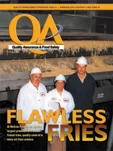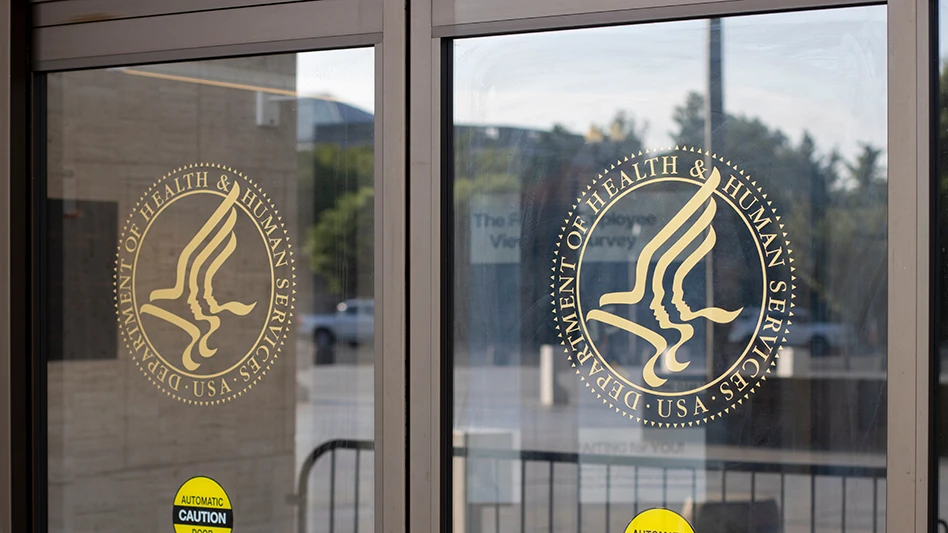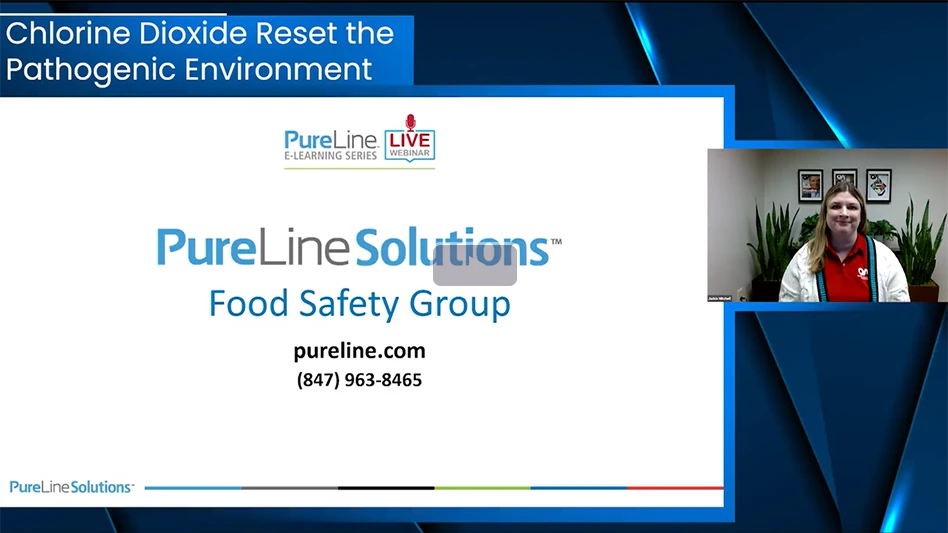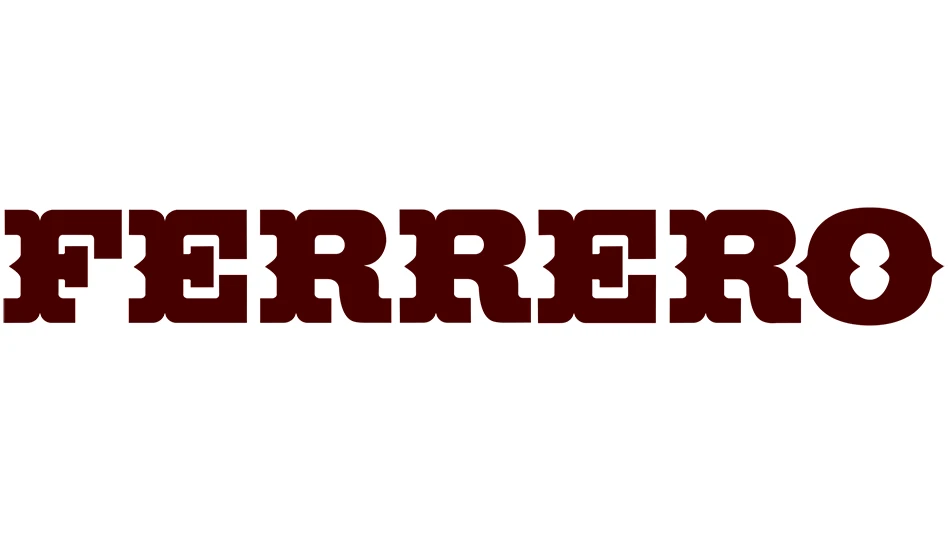Plant audits are often thought of as an annoying but necessary part of doing business for food plants, one over which you have little control and at which the inspector will always find something no matter how ready you think you are. But with a few best practices from industry insiders, you can take control of even federal regulatory audits and avoid some of the most common "hits."
The first practice which all plants should incorporate is the writing of an Audit/Inspection SOP. If you don’t have a standard operating practice or guidance document for audits conducted in your plant, says Ed Steele, president of Kendle regulatory consulting company and a former FDA official, "please put it in as one of the highest priorities you have."
The SOP
Just as with any SOP in your plant, this plan should be in writing and include the practices that your managers and employees follow, as standard, anytime an audit is conducted in your plant. Some of the questions to consider and include are:
• What accommodations will be provided to the auditor? An office, conference room, or, at minimum, a desk, should be designated for the visiting inspector. (Also consider allowance for team inspections.) Documentation should be organized in this area and other potential needs of the inspector anticipated.
• What attire will be required? Must the inspector wear a coverall? Hairnet? Sanitized boots? Having this protocol in your plan not only serves your food-safety program, but shows the inspector your commitment to standardized practices – right from the start.
• Who will take the lead? A single person should be given primary responsibility for audits. This person would review the credentials of incoming auditors; act as liaison between the inspector and other personnel; accompany the inspector throughout the plant; fulfill inspector requests; etc. At the start of the inspection, the lead should always find out the reason for the inspection, literally asking the official, "Why are you here?" Steele suggests. For example, was there a consumer complaint, is it a regular inspection, etc. In addition, a back-up lead should be assigned in case the primary is not available.
• Will you allow the inspector to take photos? If so, where and why would these be allowed? If not, a written protocol and grounds should be available to the inspector.
• Will you charge for samples or copies? While officials are authorized to take samples for testing and make copies of records (with "reasonable belief that an article of food is adulterated and presents a threat of serious adverse health consequences or death to humans or animals"), you can charge the regulatory agencies for these, and should have this detailed in your SOP. In addition, you are to receive a receipt for any samples taken.
• Can the inspector speak directly with line employees or other personnel? You can make this call, but, again, the protocol should be in writing, and if such access is to be refused, a lead should be assigned to act as designated liaison.
• Should you ever refuse an audit? If so, what would be the circumstances and who would make the decision? If you do refuse to allow a federal regulatory audit, you are opening yourself to potential criminal penalties, as described in an FDA warning letter: "Section 704 of the Act, 21 U.S.C. 374, provides FDA investigators the legal authority to inspect food establishments to verify their compliance. Refusal to permit an inspection under Section 704 of the Act, upon presentation of official notice by appropriately identified FDA officers, is a prohibited act and exposes any person responsible for such refusal to criminal penalties."
Common Hits
The most common areas in which plants tend to lose points in an audit are GMPs and sanitation.
• Run a GMP check. Because plants are supposed to follow these daily, discrepancies will hit a plant hard, says Cathy Brandhorst, founder of Commercial Environmental Services, Inc., who recommends that a full-plant check be made a few hours before the inspection.
• Close doors. Though seemingly simple, this is an area in which she sees the most problems. It’s one of the greatest hazards, but one of the most common causes for which plants lose points. "I find an open door in every plant I go into," she says.
• Look into the corners. If a plant hasn’t kept up with sanitation, it will be evident; but even regular cleaning can miss the "dark corners," says Ron Kauffman, president of Food Industry Sanitation Auditors. Those are the areas that will cause problems. "Inspectors will look and look and look," Brandhorst adds, "and lo and behold, they will find a spider web someplace."
Finally, and perhaps most important, your SOP and hit-prevention practices should account for the fact that an audit can happen at any time — day or night. Inspectors can turn up at your plant whenever you are in operation, not simply during an 8:00 a.m. to 5:00 p.m. business day. Be sure there is always a lead available and contact information for other managers who should be informed. QA

Explore the October 2006 Issue
Check out more from this issue and find your next story to read.
Latest from Quality Assurance & Food Safety
- Kim Heiman Elected to Second Term as President of Wisconsin Cheese Makers Association
- FAO Launches $150 Million Plan to Restore Ukrainian Agricultural Production
- Pet Food Company Implements Weavix Radio System for Manufacturing Communication
- Penn State Offers Short Course on Food Safety and Sanitation for Manufacturers
- USDA Announces New Presidential Appointments
- FDA to Phase Out Petroleum-Based Synthetic Dyes in Food
- IFT DC Section to Host Food Policy Event Featuring FDA, USDA Leaders
- CSQ Invites Public Comments on Improved Cannabis Safety, Quality Standards





